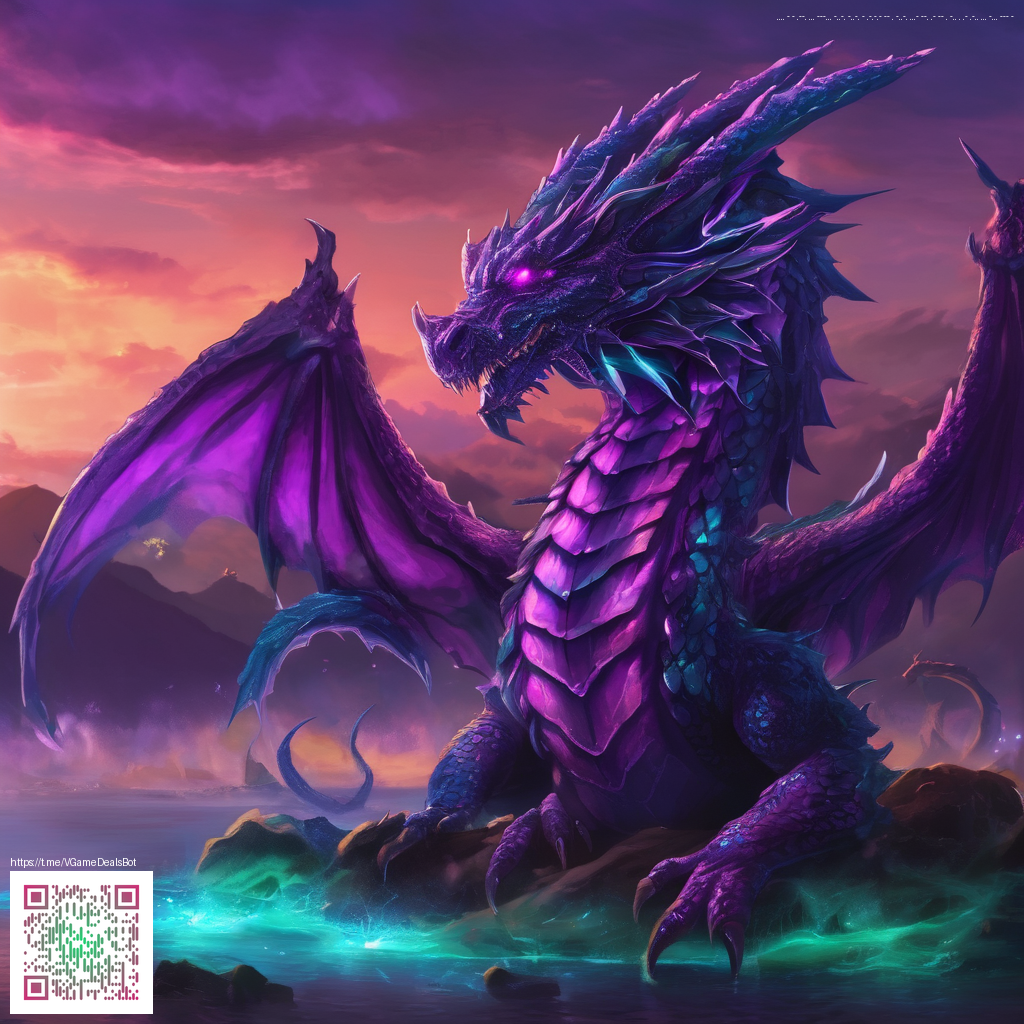
Crafting typography for crisp, professional digital print designs
The right font can elevate a design from ordinary to memorable, especially in the realm of digital print where each letterforms’ weight, spacing, and character shapes must translate across surfaces—from screens to fabric to paper. When you’re preparing assets for physical prints, you’re not just choosing aesthetics; you’re optimizing legibility, brand personality, and production realities. A clean, well-considered type strategy helps your message land with confidence whether it appears on a poster, a brochure, or a merchandise item like a mouse pad.
Font fundamentals matter more than you might expect. On digital print, the viewing distance, print resolution, and fabric or paper texture all influence how a typeface reads. Sans-serif families often deliver crisp readability at small sizes, while serif faces provide elegance and improved information density for longer passages. Display fonts—used sparingly for headlines or branding phrases—should harmonize with body text to maintain cohesion across the design.
“Typography is a conversation between the designer, the reader, and the surface on which the text lives. When the language is clear, the message travels farther.”
To start building a reliable toolkit for digital print, consider these go-to font families and how they behave in print-friendly contexts:
- Sans-serif for body text — Inter, Montserrat, or Helvetica Neue offer neutral, high-legibility shapes that perform well at smaller sizes and on print mediums with variable textures.
- Serif for headings — Playfair Display or Merriweather bring presence to titles and section headers, creating a pleasing contrast with body text while preserving readability at larger scales.
- Display accents — Bebas Neue, Avenir Next Condensed, or Futura can inject personality into logos or hero statements when used in limited quantities.
- Monospace and technical vibes — Source Code Pro or Roboto Mono can be effective for callouts or data-centric panels, especially in tech-forward designs.
Part of the craft is font pairing. A safe rule of thumb is pairing a humanist sans with a readable serif (or a clean sans with a contrasting display font). For example, a body copy in Inter paired with a headline in Playfair Display often yields a balanced, modern look that still feels timeless when reproduced on different print surfaces.
Beyond aesthetics, print production constraints matter. Consider kerning, tracking, and ligatures—both for screens and fabrics. Heavy ink coverage or fabric texture can exaggerate letter shapes, so test print frequently and adjust your letterforms to avoid crowding or uneven ink distribution. This is especially relevant when your design includes tight letterspacing or high-contrast stroke widths.
Brand consistency should guide your choices. If you’re designing for merchandise or a product page, think about how your typography supports the overall brand voice and legibility on various surfaces. For instance, you might explore how a crisp sans like Inter performs on a white mouse pad, where clean, legible text ensures quick reading during long work sessions. If you’re evaluating production options or merch quality, you can explore examples and product options that showcase print-ready surfaces—such as this Custom Rectangular Mouse Pad on the Shopify store. It’s a practical reminder that font choice should align with the final print texture and finish.
When you’re assembling a typography workflow, keep a few practical steps in mind. Start by defining your brand mood (clean, bold, minimalist, sophisticated), then select one solid body font and one or two complementary display options. Test at actual print sizes, not just screen sizes. Look for unexpected gaps in letterforms when ink meets fabric, and confirm licensing rights for any fonts you plan to use across multiple products or channels.
For designers who frequently translate digital concepts into tangible goods, a careful approach to typography can streamline approvals and production timelines. It’s not merely about choosing a pretty typeface; it’s about ensuring that your words remain legible, your brand stays cohesive, and your designs look sharp across every medium from a glossy brochure to a textured fabric surface.
Similar Content
Explore related discussions and resources on typography strategy for digital print at the reference page: